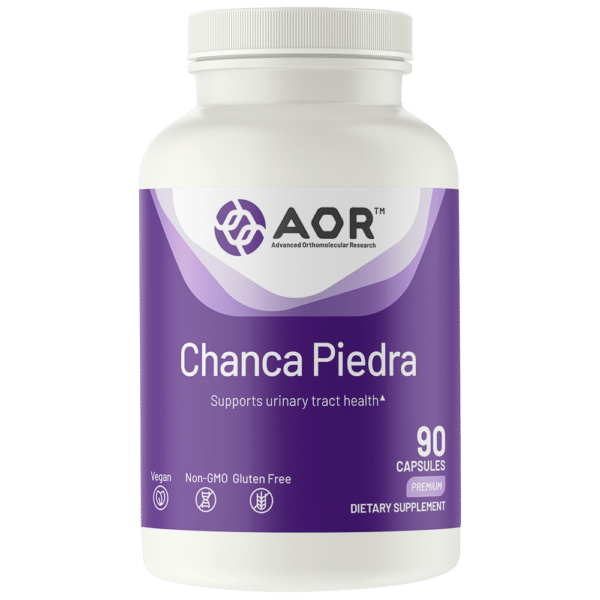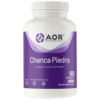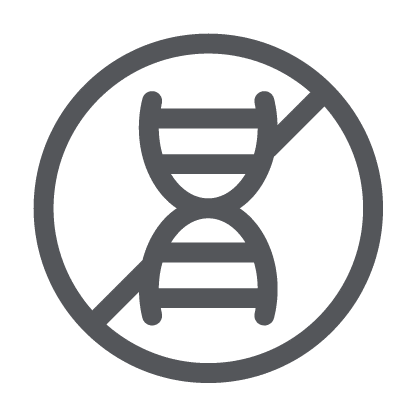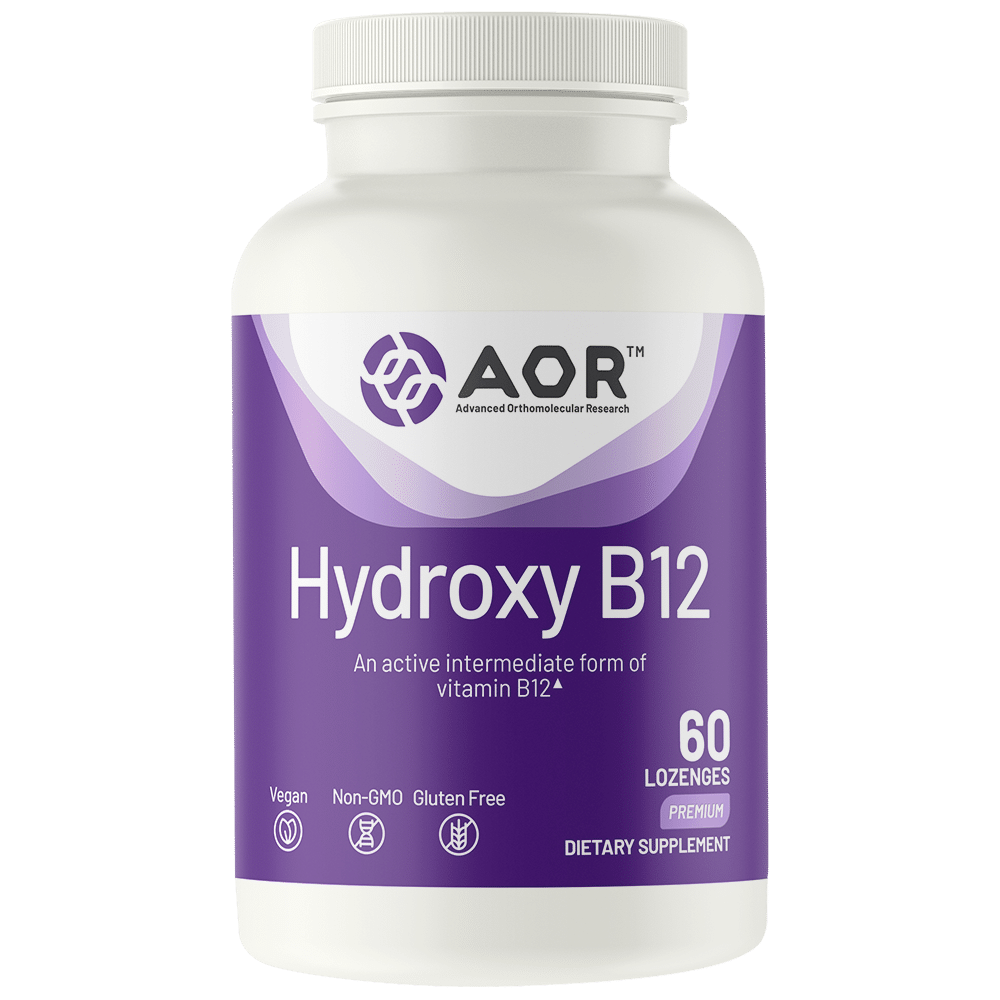

Chanca Piedra
Support urinary tract health*
- Supports a healthy liver
- An effective dose of traditional botanicals
- Promotes healthy kidneys and gallbladder

Gluten Free

Non-GMO

Vegan
Product Information
Chanca Piedra, which translates as “stone breaker”, provides the right support when it comes to the health of the kidneys, gallbladder and liver. This supplement is rooted in ancient medicinal practices.
In the U.S., approximately 12% of the adult population suffers from kidney stones and up to 15% are affected by gallbladder stones. While there is no way to completely avoid these ailments, leading a healthy lifestyle can help maintain optimal health.
AOR Advantage
AOR’s Chanca Piedra formula optimizes the health benefits provided by this powerful herb in a natural, high-quality supplement.
Discussion
Chanca Piedra contains Phyllanthus niruri which is traditionally used in Ayurveda as a diuretic (Mutrala) to help support a healthy urinary tract.*
Guarantees
AOR™ guarantees that all ingredients have been declared on the label. Made without wheat, gluten, corn, nuts, peanuts, sesame seeds, sulfites, mustard, soy, dairy, eggs, fish, shellfish or any animal by-product.
Directions
Take one capsule daily with or without food, or as directed by a qualified health care practitioner.
Note: Product appearance, odor, and taste may vary from lot to lot due to the use of natural ingredients.
Cautions
Consult a health care practitioner prior to use if you are pregnant or breastfeeding, if you have diabetes, or if symptoms persist or worsen. Do not crush, blend or mix the capsules. Swallow the capsule whole. Keep out of reach of children.
Disclaimer
*These statements have not been evaluated by the Food and Drug Administration. This product is not intended to diagnose, treat, cure, or prevent any disease.
Serving Size One Capsule / Servings Per Container: 90
Amount Per Serving
% Daily Value
Chanca piedra (Phyllanthus niruri) left extract
500 mg
†
† Daily Value not established.
Other Ingredients: None. Capsule: hypromellose and carrot root powder.




